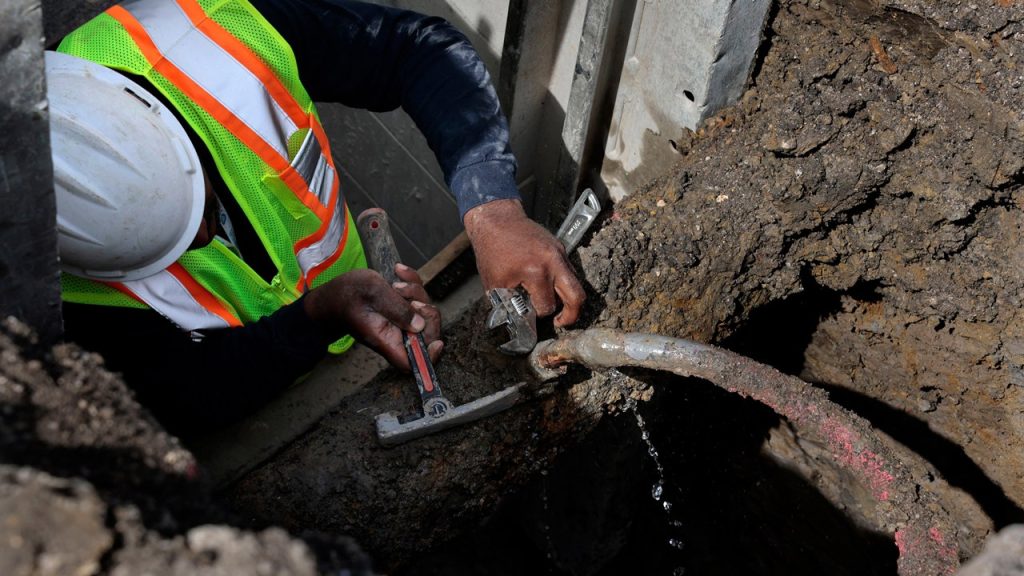The Environmental Protection Agency distributed $3 billion to states last year to replace lead pipes, but according to an agency inspector general’s memo, this funding allocation was based on unverified data. The memo pointed out that two states had submitted inaccurate data, which resulted in some states receiving more money than necessary while others received too little. The agency has since made changes but could do more to ensure accurate data is used for future infrastructure spending. The EPA has safeguards in place to ensure proper spending of funds but disagrees with several aspects of the inspector general’s memo.
Lead pipes are common in older homes, especially in the Midwest and Northeast, and can have harmful effects on health, particularly in children. The Bipartisan Infrastructure Law provided $15 billion for the replacement of lead pipes over five years, with the EPA using estimates from states and utilities to determine the number of lead pipes nationwide. However, some states, such as Texas and Florida, submitted inflated information, resulting in these states receiving more funding than expected. This raises concerns about the fairness of funding allocations and the need for accurate data for future infrastructure projects.
The Biden administration has prioritized ensuring safe drinking water for everyone, proposing a rule that would require most cities to replace all lead pipes within a decade. Despite efforts to address lead pipe issues, Republicans have criticized the administration’s spending on environmental priorities. The EPA inspector general is evaluating federal funding for lead pipe replacement and has found inaccuracies in data submitted by states, indicating a need for greater accountability in the funding allocation process.
Not all states were satisfied with the EPA’s funding decisions, with some expressing concerns about the quality of the data used. The agency adjusted its allocation of funds for 2024 based on new information received from utilities, with some states seeing reductions in funding amounts. While this adjustment aimed to improve the accuracy of funding allocation, concerns remain about the total amount needed to replace all lead pipes in the country. The $15 billion allocated by the Bipartisan Infrastructure Law is only a fraction of the total needed, necessitating careful allocation and use of funds.
There is a concern that inflated estimates by some states could direct funding to the wrong places, delaying the replacement of lead pipes in areas that need it most. The obligation to submit accurate information falls on water utilities and states, but the EPA also has a role to play in verifying data. Some states are further along in the process of replacing lead pipes, while others are still in the inventory stage. If states do not spend all their allocated funds, the money is reallocated to states in greater need. It is important for states to use the funding efficiently for lead pipe replacement efforts, as the allocation alone will not solve the issue of lead pipes in the country.


